Welcome to issue 107 of the Call to Comms!
This week, meet Ximena Mendieta Escalante, a researcher collaborating with the Centro Latam Digital. TSF works with this center as a part of our work towards digital safety for people on the move in Mexico.
Ximena explains what risks people on the move face online, why digital safety is especially important for them, and how it can be implemented through collaboration and creating safe, empathic digital spaces. She also speaks about the workshop she is currently working on, in the context of TSF’s Digital Safety project.
This interview was edited for brevity and clarity.
Can you introduce yourself?
“I’m Ximena. I am a researcher specializing in immigration, technology and gender. Over the past few years, I have been collaborating with Centro Latam Digital, which is an independent research center. We generate knowledge on digital practice and policies that drive a fair and inclusive social and economic development in Latin America.
Can you tell us about the workshops you designed?
During our research, we noticed that there was a huge information gap regarding the use of technology and migration, as migrants generally have other priorities, such as finding food, shelter, etc. So we started doing a workshop where we give migrants basic information about how they can navigate the internet in a safe way.
We then got in touch with TSF to develop this new project called Secure Connectivity. The goal of this workshop is to strengthen the digital security skills of shelter staff, so they can prevent and respond to online risks while accompanying people in mobility in safe and empathetic spaces.
It covers digital literacy and security, secure navigation, privacy and device protection, digital first aid, empathetic digital accompaniment, disinformation and positive narratives.
“It's not only about teaching technical skills, it's about building trust and enabling migrants to make informed choices about their digital life.”
What are the online risks encountered by people on the move?
Technology has become essential for migrants. They rely on mobile phones to communicate with their loved ones and to access information. But there are several risks:
- Surveillance and tracking. Some apps track immigrants without their knowledge; for example, CBP One, Instagram or Facebook.
- Device loss, theft or confiscation. Migrants have information on their phones. Losing their devices can be a loss of connection and exposure to risk: the thief can call their contacts or use their personal identity documents. Or sometimes, they need evidence that they have on that phone to apply for asylum.
- Malware phishing and social engineering, like fraudulent digital schemes, false offers of work or transportation, or scams.
- Blackmail. People harass them: if they don't give money, their personal pictures will be shared. This is more common with women and LGBT communities.
- One of the most important risks is misinformation, disinformation and malinformation. We have records of migrants getting information that something will happen, for example a border opening, and when they go, they can get kidnapped.
How can digital safety be implemented for people on the move?
Implementing digital safety for people on the move requires a combination of practical training and accessible tools, with an empathetic accompaniment. Because it's not only about teaching technical skills, it's about building trust and enabling migrants to make informed choices about their digital life, because we're not going to be able to stay there all the time.
Based on our experience, and the findings from TSF and Centro Latam Digital, we think that there are three layers of actions.
- Building local capacities and awareness. Support migrants in protecting their data, and approach digital security with empathy and care.
- Design contextual low barrier safety practice. Shelters can share a safe Wi-Fi internet, or places where they can charge their phone.
- Have internal protocols for handling sensitive digital incidents. Volunteers in shelters can share information to migrants about what to do. From the academic side, we can create workshops and spaces where we can help shelters in their response.
“For people on the move, being digitally connected can mean the difference between vulnerability and resilience.”
What role does digital inclusion play in the lives of migrants today?
Digital inclusion is no longer optional. It's fundamental to survive. For people on the move, being digitally connected can mean the difference between vulnerability and resilience. Mobile phones are now essential tools for migration. In interviews with migrants, many said that it's really important for family networks, humanitarian assistance, and real-time information.
The same connectivity can expose them to surveillance, fraud, and exclusion if it's not paired with safe and inclusive practice. So from our perspective, I will say that [mobile phones] have four roles that are pretty important for people on the move.
- Access to information and to their rights. Access to roads, border change, asylum process, or available shelters.
- Connection and emotional resilience. Connectivity is a form of care and emotional support, allowing people to stay in touch with their family and their community. It reduces isolation during uncertain journeys.
- Economic and social participation. Digital tools can open opportunities for remote work, remittance, and online learning. It sometimes helps them to sustain themselves and contribute economically even while they are in transit.
- Visibility, protection, and autonomy. Digital inclusion allows migrants to exercise agency, so they help us document abuse, share their stories, and access protection mechanisms.
But, again, visibility without safety can lead to new risks. Inclusive digitalization has to be accompanied by privacy and accountability frameworks that respect migrants.”
See you in two weeks!
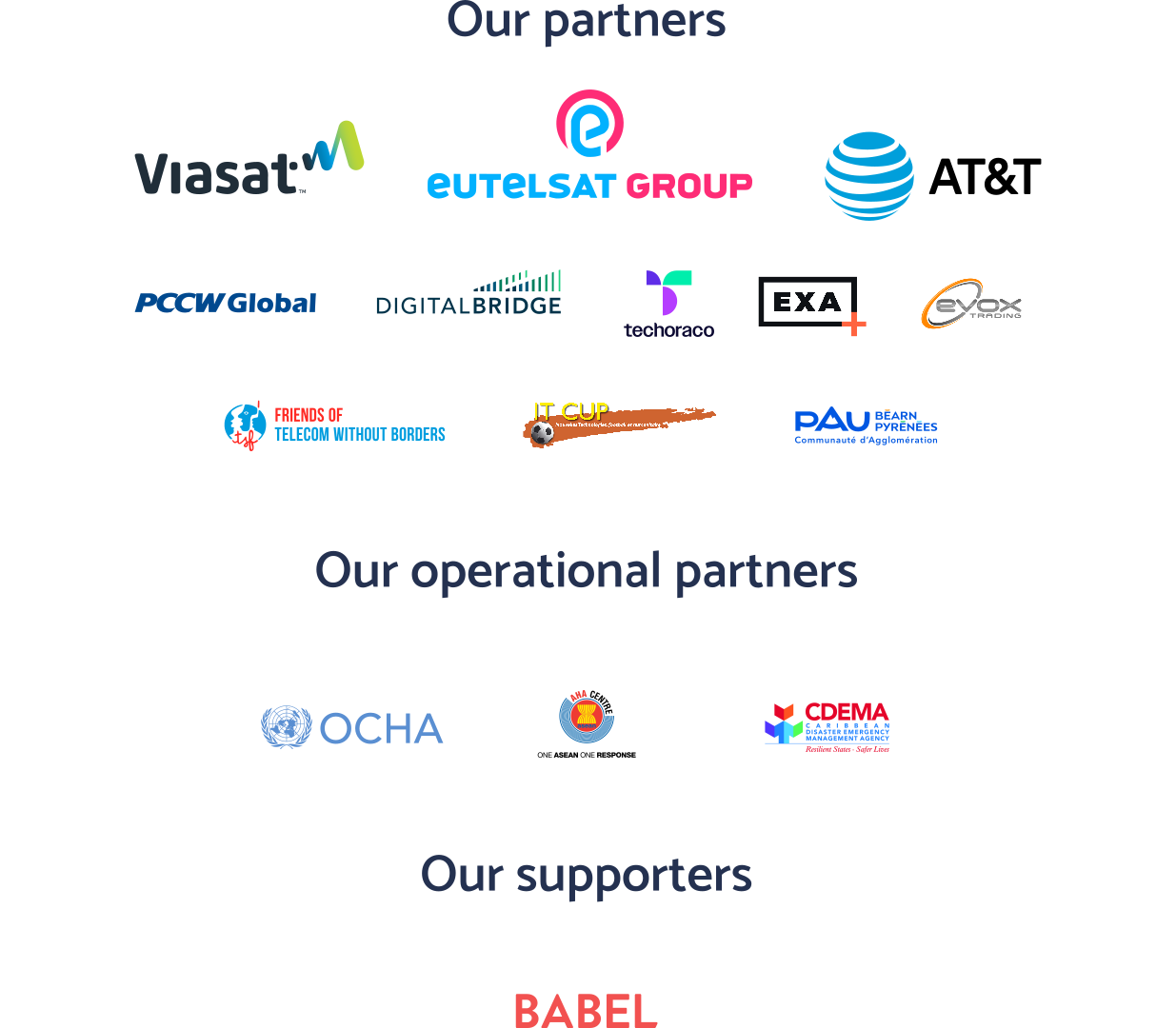


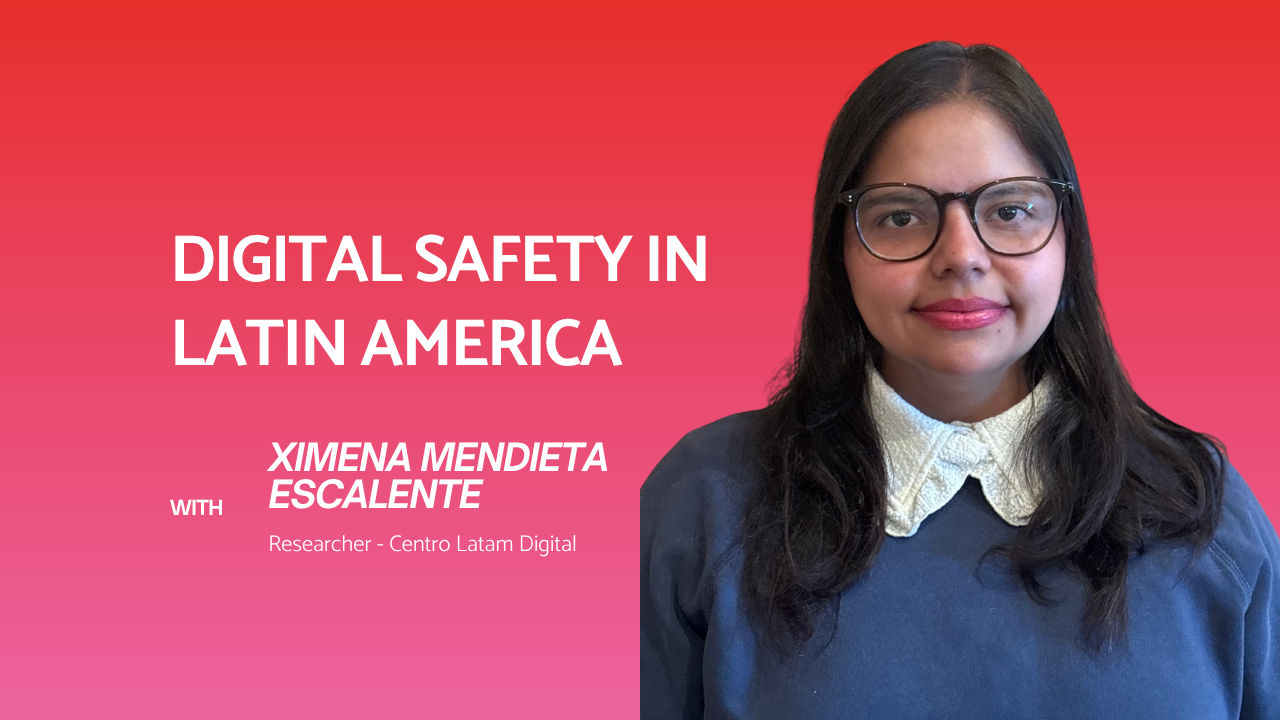
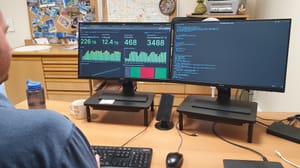
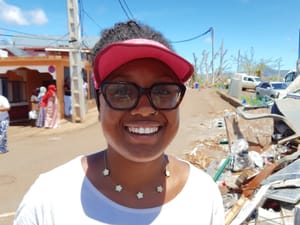
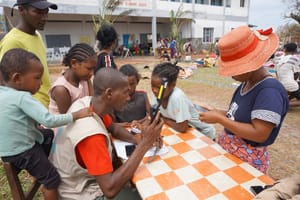
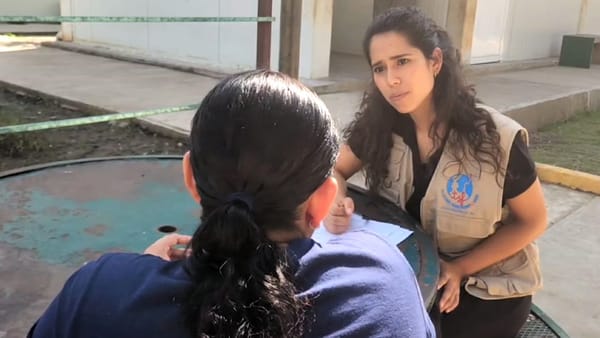
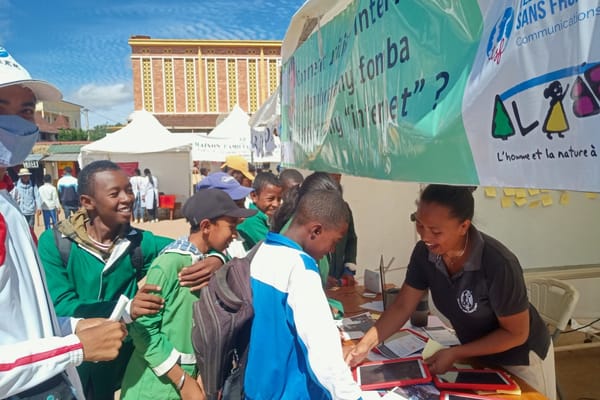
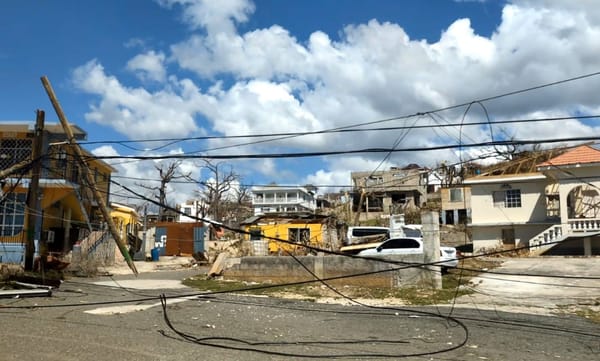

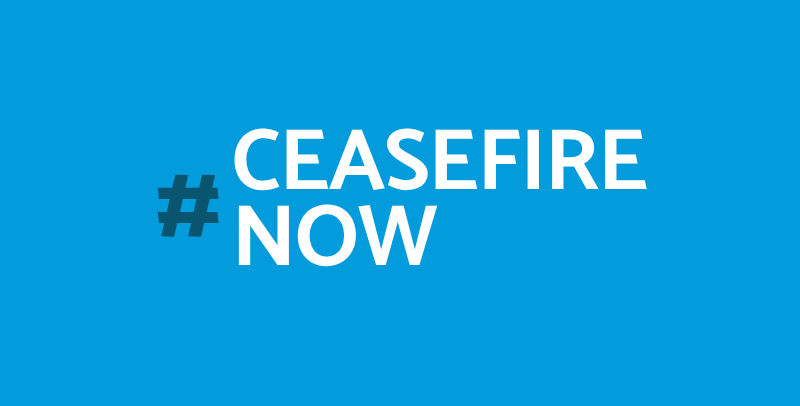
Member discussion